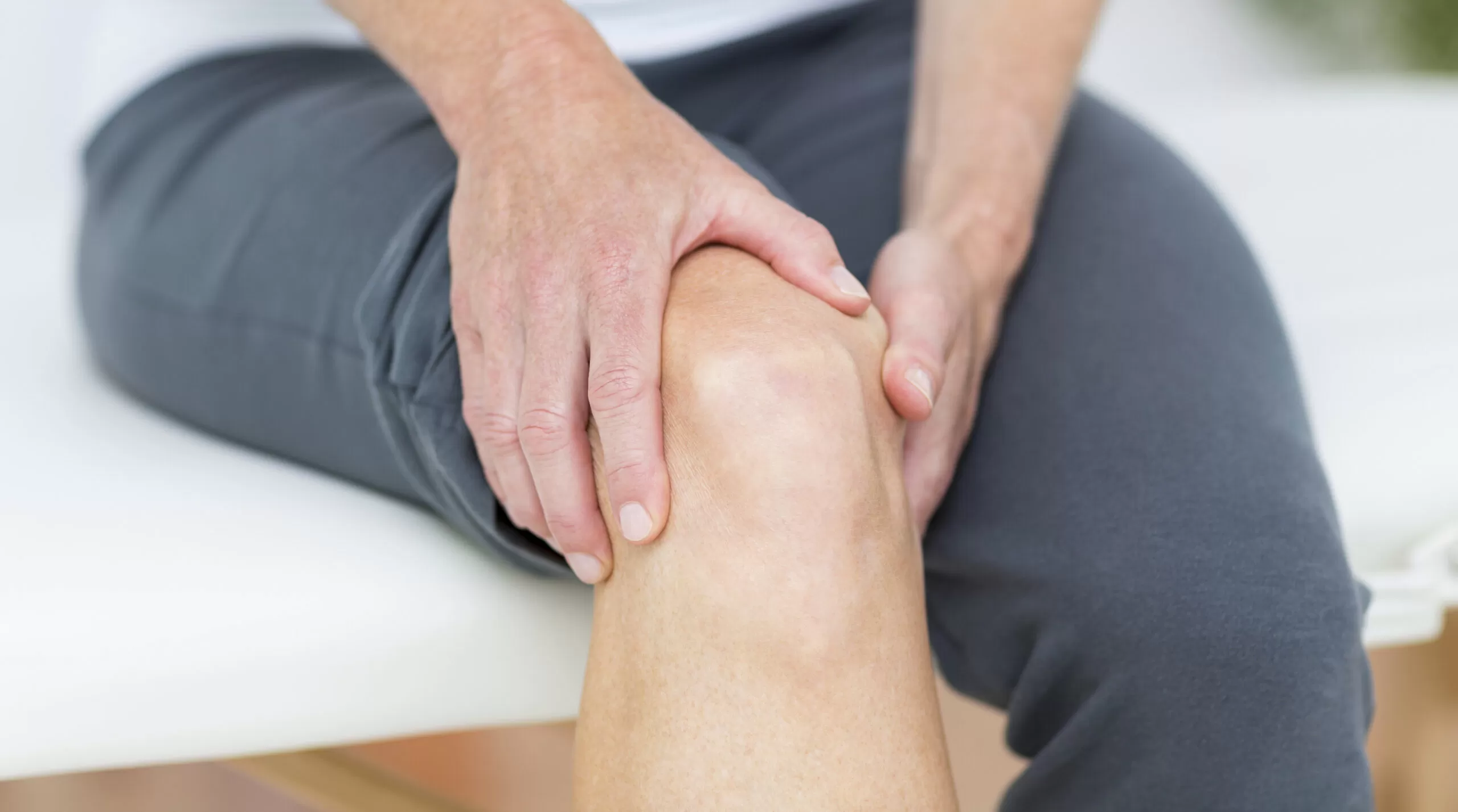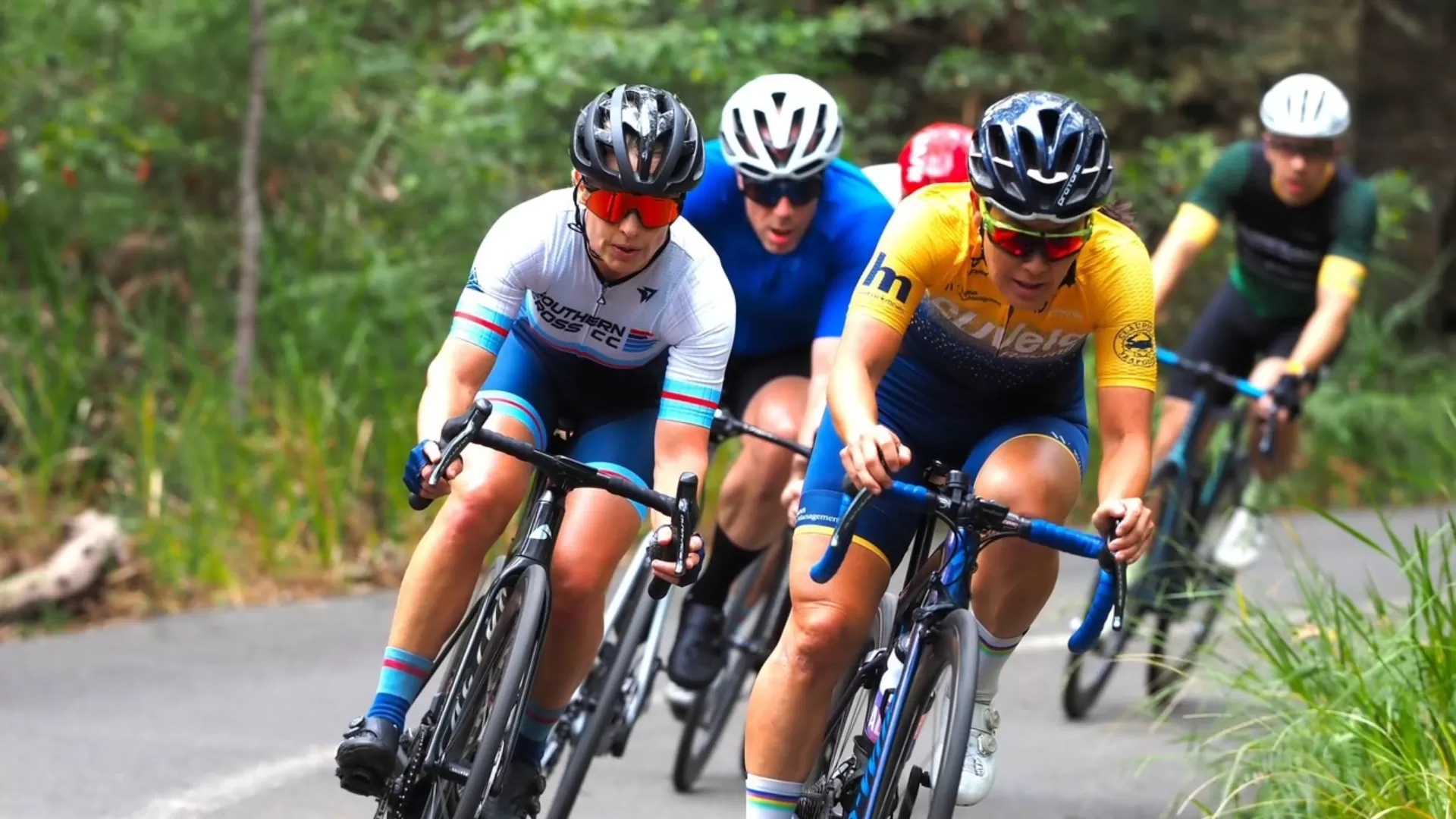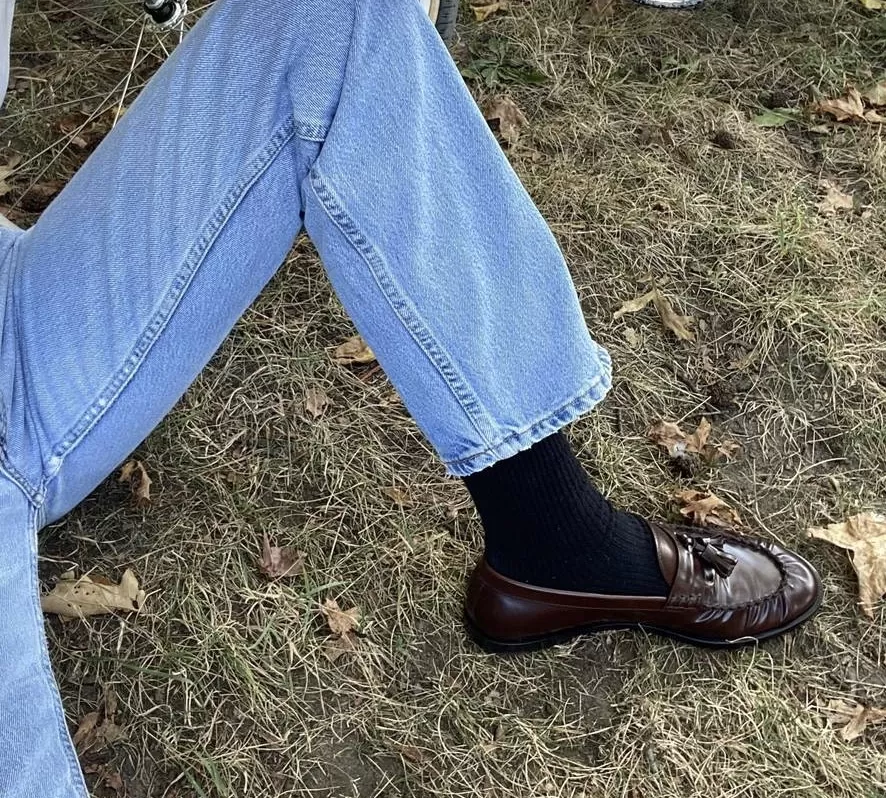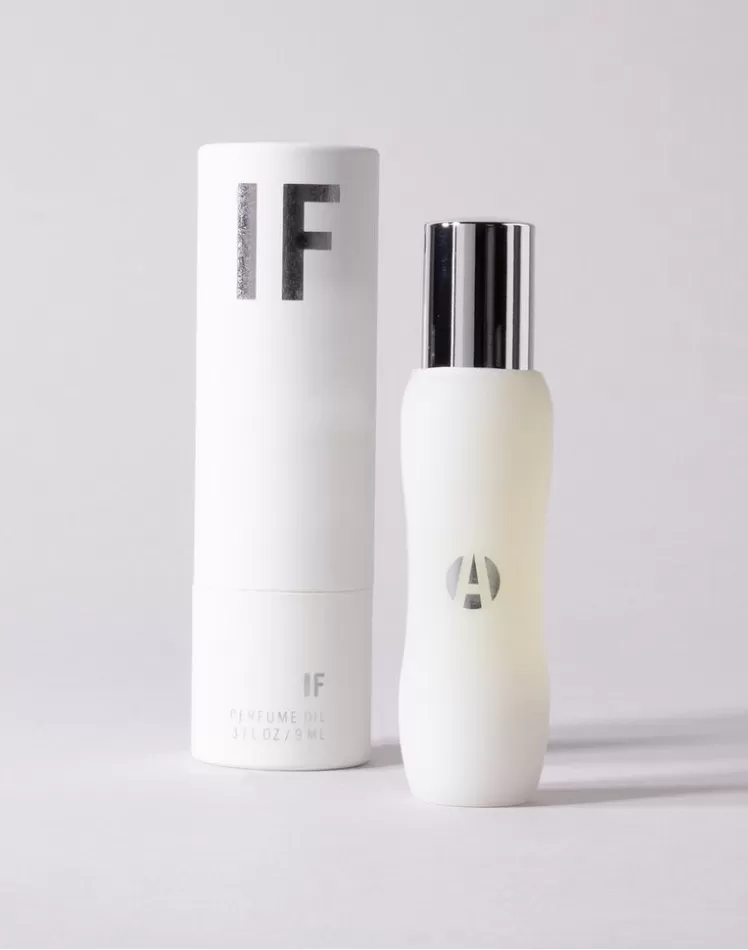
Knee pain is one of the most common complaints among runners in the United States. Whether you are training for a marathon, enjoying casual morning jogs, or simply using running as a stress reliever, knee discomfort can quickly turn an enjoyable habit into a frustrating obstacle. Many runners immediately assume they need costly medical treatments or expensive new gear, but in most cases, small adjustments can make a big difference. By rethinking running shoes, support equipment, and movement habits, you can find effective and affordable ways to manage knee pain. The right approach allows you to keep running consistently without letting discomfort hold you back.
Proper Footwear Choices Matter
The foundation of knee comfort often starts with your shoes. Running shoes with cushioned midsoles are designed to absorb impact forces that would otherwise travel directly up into the knees. When runners wear ill-fitting or overly worn shoes, their joints take the punishment. Instead of rushing to buy the trendiest pair, assess whether your current footwear matches your foot type, stride, and terrain. A specialty running store can perform a quick gait analysis and recommend shoes that provide stability or cushioning where you need it most. Sometimes simply rotating between two pairs of quality running shoes extends their life and prevents repetitive strain on the knees.
Small Accessories Can Provide Big Relief
Beyond shoes, affordable gear upgrades can offer immediate comfort. Patella straps are lightweight bands worn just below the kneecap that provide targeted stability and reduce strain on the tendon. Many athletes find these especially useful during long-distance runs or downhill segments. Socks with arch support also help by improving alignment and reducing excess pressure on the knees. These items are relatively inexpensive compared to high-end footwear yet often deliver noticeable improvements. For runners who log high weekly mileage, such small accessories are a cost-effective way to prevent recurring pain.
Warm Up with Smart Habits
Proper preparation is another critical factor in reducing knee discomfort. Dynamic stretches before running warm up the muscles and prepare the joints for movement. Movements like leg swings, walking lunges, or light skips increase blood flow and mobility. After running, using a foam roller to release tight thigh and hip muscles can significantly reduce the strain transferred to the knees. Many runners mistakenly skip warm-ups or rely solely on static stretching, but incorporating dynamic routines paired with post-run recovery is far more effective in the long term.
Avoiding the Trap of Quick Fix Purchases
When knee pain appears, it is tempting to think an expensive shoe or a heavily marketed product will solve the issue overnight. However, pain rarely comes from one factor alone. Instead of impulsively buying new gear, first review your existing equipment and running form. Are your shoes worn out? Do you have sufficient cushioning? Are you stretching effectively? Simple checks often reveal that a small change—such as replacing socks, adjusting lacing techniques, or improving stride mechanics—can make an immediate difference. Expensive gear may help, but it should never be the first step before addressing habits.
Strength Training and Cross Training Benefits
Runners sometimes forget that knees depend on surrounding muscles for support. Weak hips, quadriceps, or hamstrings can lead to improper mechanics and excess pressure on the joint. Adding strength training to your weekly routine improves stability and prevents overuse injuries. Simple bodyweight exercises like squats, glute bridges, and step-ups help maintain balance and reduce stress on the knees. Cross-training activities such as swimming, cycling, or yoga provide cardiovascular benefits while giving joints a break from repetitive pounding. Mixing in these activities allows runners to stay active without aggravating existing pain.
Conclusion
Knee pain does not have to end your running journey. By choosing the right running shoes with cushioned midsoles, adding supportive accessories like patella straps and arch-support socks, and adopting smart habits such as dynamic stretching and foam rolling, most runners can significantly reduce discomfort. Remember, solutions do not always require expensive purchases—often, simple adjustments to gear and movement habits deliver the best results. When combined with strength training, cross-training, and, if necessary, professional guidance, runners can continue logging miles safely and enjoyably. With the right balance of preparation, recovery, and mindful choices, you can stay strong, pain-free, and confident on every run.





